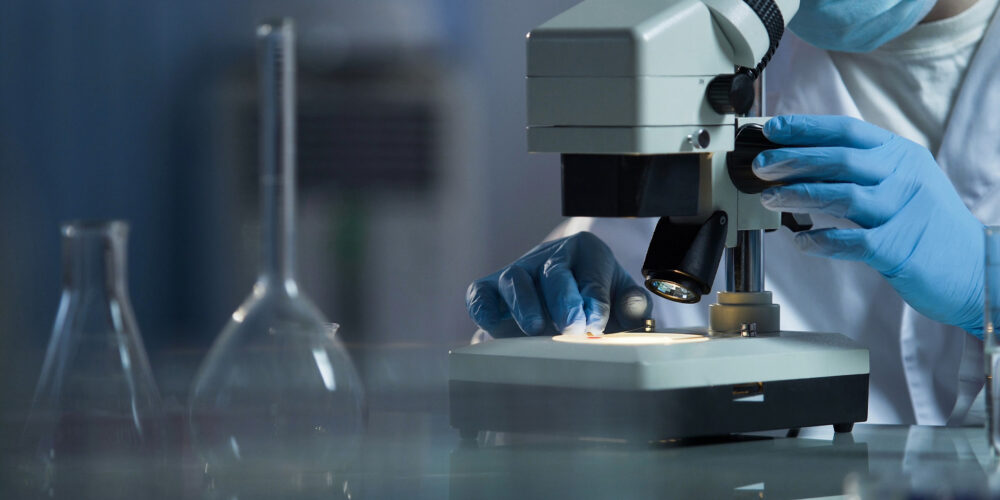Drug-induced toxicity is a key reason for drug attrition. Hepatotoxicity (toxicity of the liver) and cardiotoxicity (toxicity of the heart) are the most commons reasons for attrition but other organs and organ systems can also be affected, for example, the nervous system (neurotoxicity), the kidneys (nephrotoxicity), the immune system (immunotoxicity), the skin (dermal toxicity) and the eyes (ocular toxicity). Identifying potential toxicity at an early stage in drug discovery and preclinical development can save both time and costs, and most importantly reduce the likelihood of late stage failure.
In Vitro Toxicology Services
Detecting potential toxicity is clearly an important aspect of drug discovery and development, however, understanding the mechanism behind this toxicity is also vital for drug design in order to reduce the potential future liability. Evotec and wholly owned subsidiary Cyprotex have a wealth of experience which extends from early drug discovery through to the clinic so we have a full picture of the entire drug discovery and development continuum and can support you at every step of your project ensuring only the safest compounds reach the clinic.
We have an extensive range of assays, state-of-the-art models (New Approach Methodologies – NAMs) and techniques to understand specific mechanisms which underlie the toxicity and help to explain the adverse outcome pathways. Both 2D and 3D cell-based models are available using primary cells, cell lines or iPSC-derived models using a range of techniques such as HCS, MEA, Seahorse XFe and transcriptomics. We also have a breadth of experience with New Modalities and are able to offer a range of techniques to assess your molecule.

